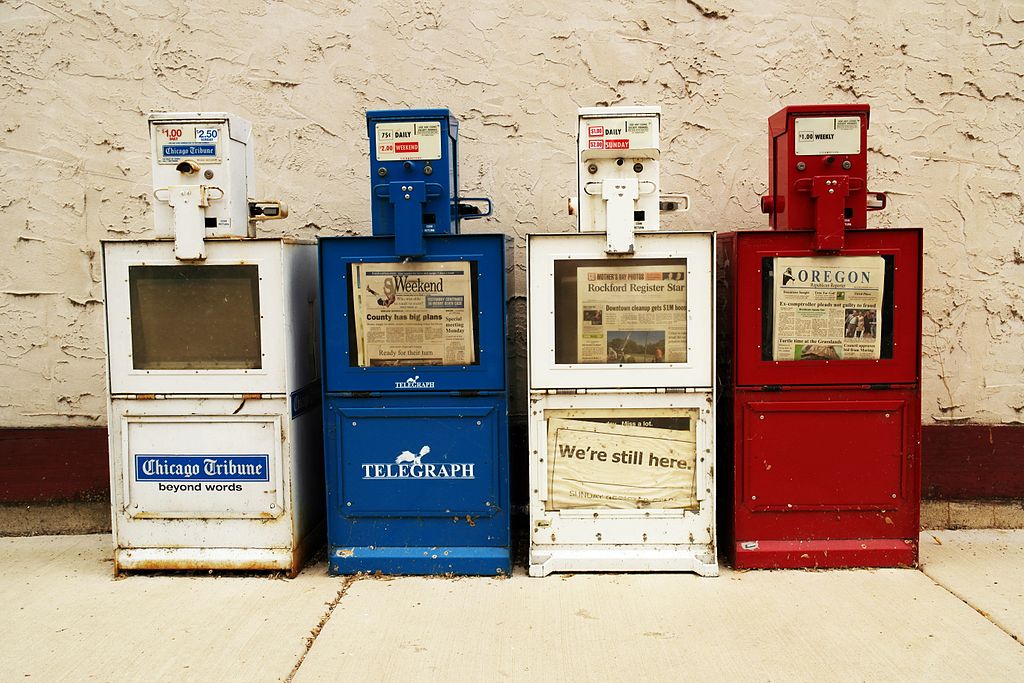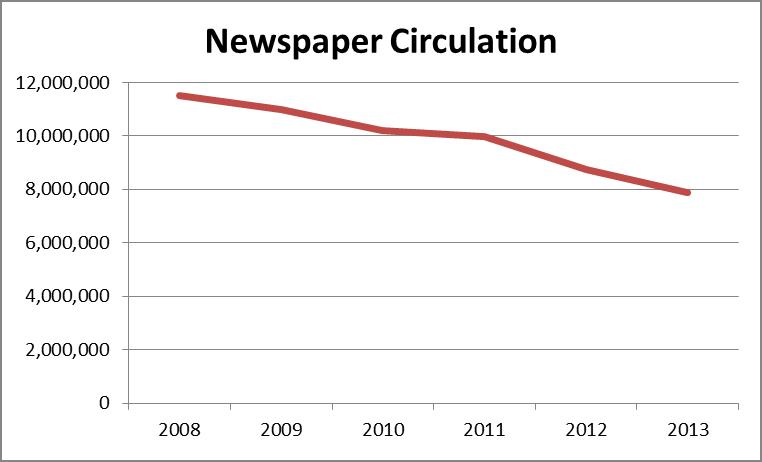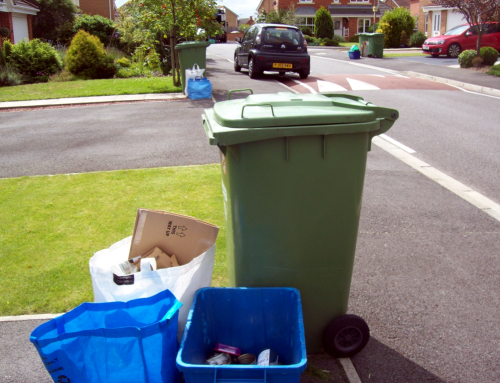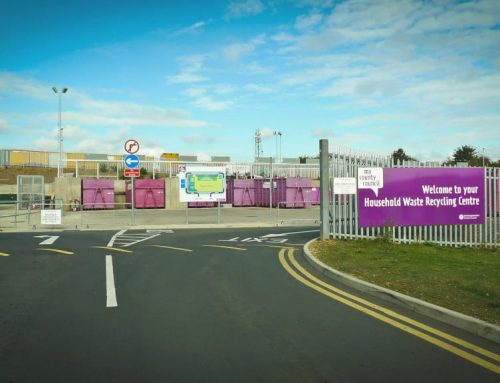Isonomia’s editor gave me a quick tour yesterday of the site’s December readership numbers. Amongst the predictable good news – the site has more than doubled in popularity in the last year – one stat in particular caught my eye: the blog had page impressions on December 25th!
It wasn’t the site’s busiest day of the month, not by some distance, but I think it’s interesting that an industry specialist blog should get any readers on Christmas Day. And Isonomia gets more than a handful (apparently the site attracted a fair few readers on Christmas Day 2012 as well).
Keep taking the tablets
I suppose I shouldn’t be surprised; the internet has been ubiquitous for some time now. Almost everyone I know has wi-fi at home and it’s a familiar (if slightly sad) ritual to ask friends or relatives for the password to log onto their home networks when you’re visiting. Smartphones, which have been common for a little while, are being joined in huge numbers in our homes by tablet computers of one type or another.
It appears that in the UK we’re buying tablets at an incredible rate. Almost 50% of Britons now either own or have access to one, and many want to make sure they have the latest and best. All the big manufacturers brought out new models in time for the Western world’s annual December spend-athon and sales figures were expected to go through the roof as we demonstrated the depth of our love for our nearest and dearest through the exchange of ever slimmer computers.
I wonder whether it’s these tablets, received by waste industry professionals as presents and then given their obligatory test run, that led to Isonomia’s Christmas Day hits. At least the site’s more jolly than the weekly bin guidance accidentally released by DCLG on Boxing Day.
What will all of these new internet enabled devices mean for the recycling industry? Certainly we’ve got a major new WEEE challenge coming our way: if millions of these machines are being bought each year, before too long millions annually will also need to be carefully decommissioned. More immediately though, I suspect that these machines’ effect be felt through their impact on changing media consumption patterns.

Is the rise of the tablet an existential threat to newsprint? Photo by Wayne Wilkinson, via Wikimedia Commons
Whilst it’s clearly causing headaches for newspaper proprietors, does it really matter to a waste manager if more and more people choose to read their news from their iPad? Actually, this change in our habits has profound consequences for municipal recycling figures – and economics.
Less news is bad news
Newsprint has been fundamental to local authority recycling collection systems since they were first established. Almost every authority’s first attempt at dry recycling collection will have targeted newspapers and residents understand, perhaps better than with any other material, that their paper is suitable to be recycled.
As well as there being plenty of it, newsprint also has a high bulk density – as anyone who ever had a paper round knows, it’s a heavy material, and it packs much better than un-compacted cans, plastics or glass. That makes it relatively cheap to collect; and once collected, it commands a good resale price. All of this means that newsprint arisings are fundamental to the economics of household waste collection systems.
Of course, newspaper circulation figures have been falling for years, but with the rise of the tablet computer, the pattern is accelerating. According to the Audit Bureau of Circulations – the industry body for media measurement – there was a marked decline in August 2013’s circulation of UK national daily newspapers compared with August 2012. The graph below shows that around 4 million fewer newspapers were circulated in 2013 than in 2008, which means a lot less paper is now available for material capture than in the past. I haven’t been able to find more recent data, but whilst I’ve heard that the figures for the end of 2013 held up better, they by no means reversed this dramatic decline.
It’s not just waste collectors such as local authorities that are affected: the souring of our love affair with newsprint has impacts further along the value chain. For MRFs, the costs per tonne of sorting, say, light plastics are much higher than for paper, so the falling paper content within a tonne of commingled material is problematic. Even worse, MRFs are designed with a specific material mix in mind. Although there’s some flexibility in the system, input composition changes eventually result in the equipment becoming de-optimised for what it has to deal with. A fall off of paper from the recycling stream therefore has an adverse effect on profitability for MRF operators too.
The rapid change in our waste composition also has implications for our performance against our Waste Framework Directive obligations. Each member state is obliged to reduce the quantity of biodegradable municipal waste (BMW) it sends to landfill. However, the way we calculate how we’re doing is based on assumptions regarding the quantity of newspaper in the mix which are now out of date. Newsprint is 100% biodegradable, and its shrinking significance almost certainly means that the biodegradability of Local Authority Collected waste has declined. The UK is therefore almost certainly over-reporting how well we’re doing against these fundamentally important targets.
Our apparent tablet addiction and the rise of new digital media appear to be accelerating still further and are likely to exacerbate the established trend of shrinking newspaper circulation. This will soon start creating big problems, logistical and financial, for those who collect and sort household recyclates. As household consumption patterns change, the government and the recycling industry must wake up to the fact that the historic assumptions about waste composition soon won’t be worth the paper they’re written on. Those of us who aspire to be at least as smart as our phones need to prepare now for how we’re going to deal with a future with far less paper.








Leave A Comment